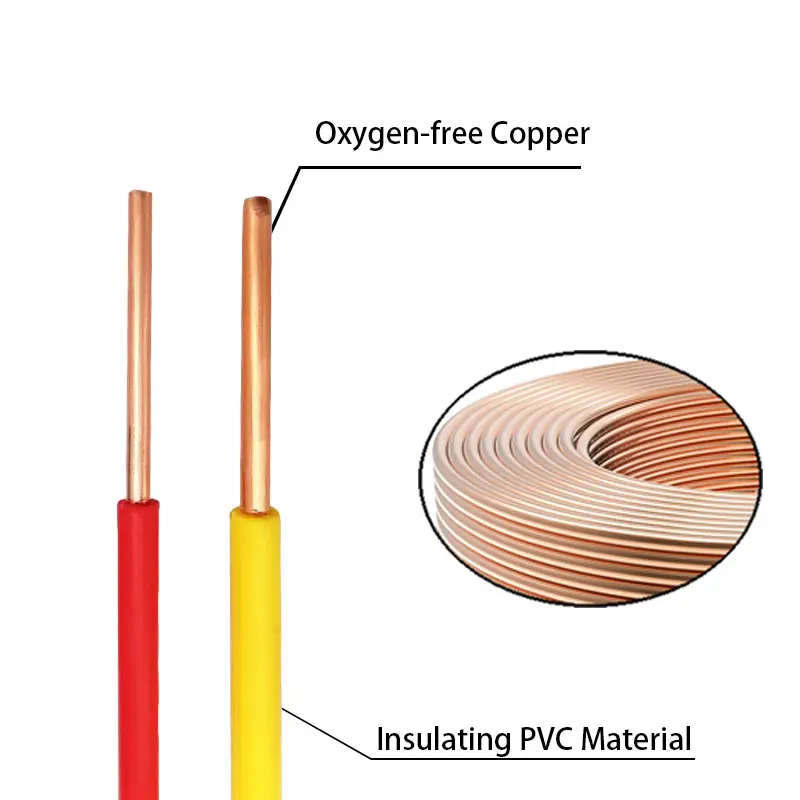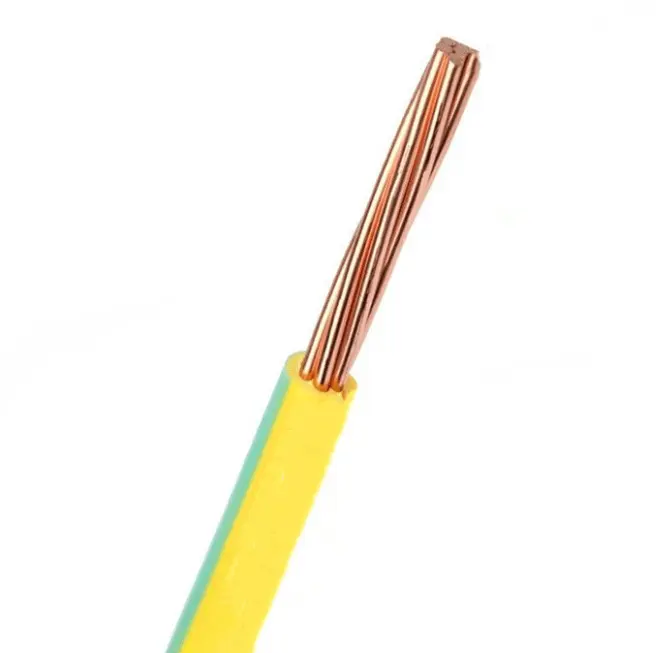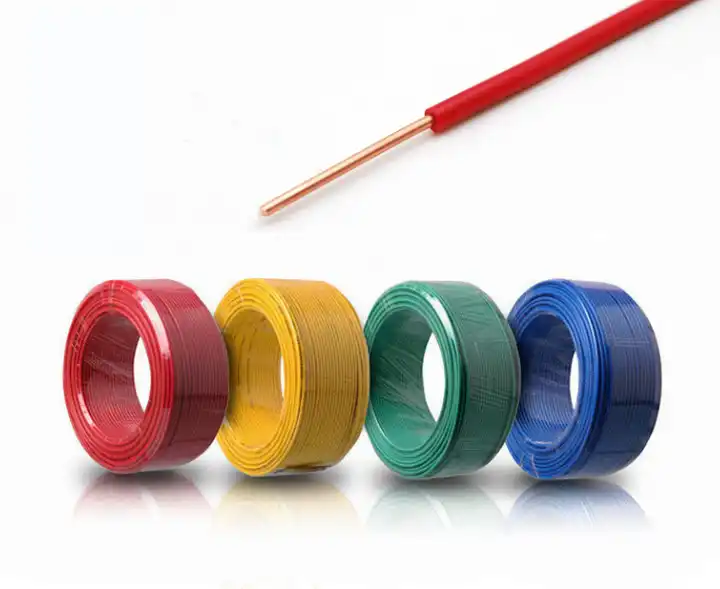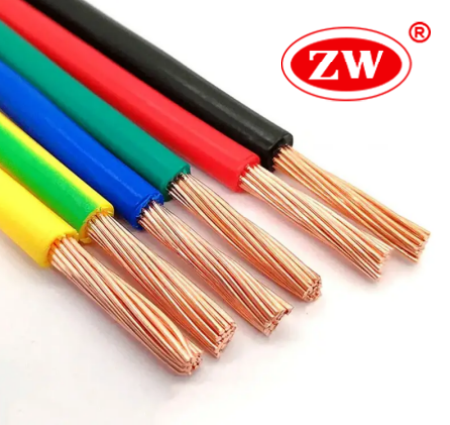Types of house wire
House Wire and Cable
House wire is a type of electrical wire that is used indoor buildings such as homes, and household wire is designed to carry out the wiring of various electrical devices inside the house. House wire is usually made of copper or aluminium as the conductor, with PVC insulation wrapped around the outside, and the conductor can be solid or stranded. Home wires have good electrical conductivity, corrosion resistance and flexibility.
House Wire and Cable
House wire is a type of electrical wire that is used indoor buildings such as homes, and household wire is designed to carry out the wiring of various electrical devices inside the house. House wire is usually made of copper or aluminium as the conductor, with PVC insulation wrapped around the outside, and the conductor can be solid or stranded. Home wires have good electrical conductivity, corrosion resistance and flexibility.




